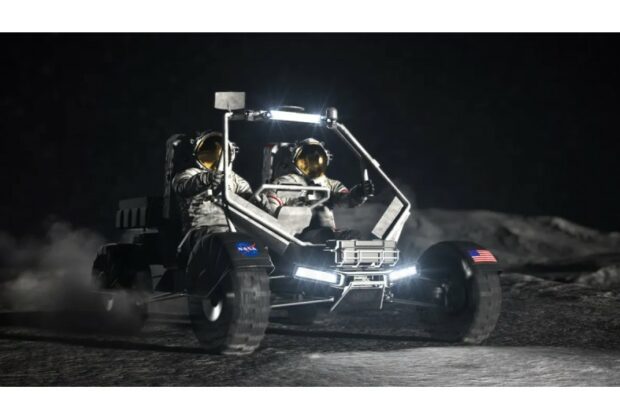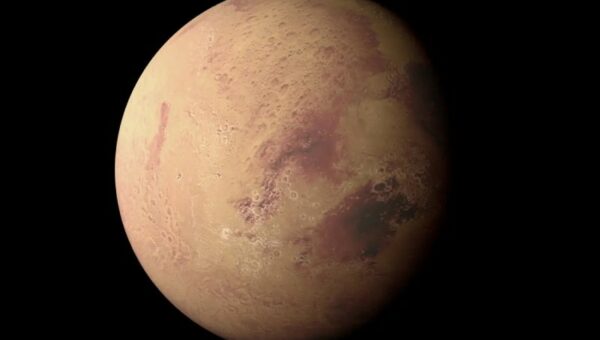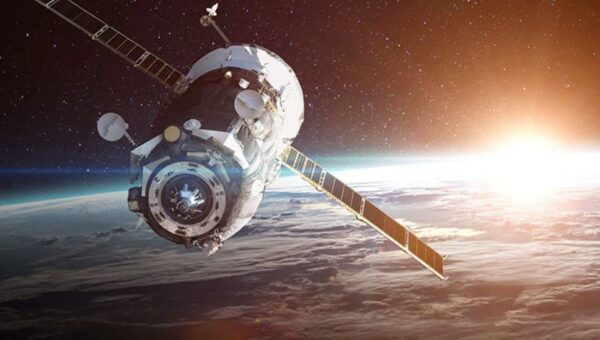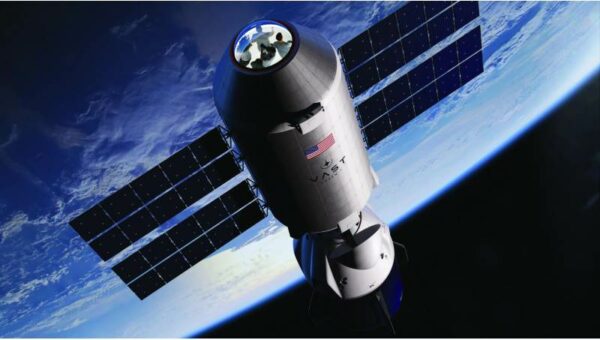Three space businesses have been given the opportunity to develop the next generation moon buggy by NASA, but only one of the designs will be sent to space. NASA may select from among the tough vehicles being developed by Intuitive Machines, Lunar Outpost, and Venturi Astrolab for astronauts to drive on the lunar surface as early as next year.
The next step for the three teams is to begin a 12-month “feasibility phase,” which will end with a preliminary design assessment. Following that, the three businesses will compete for a demonstration task order in a subsequent competitive request for proposals, NASA officials clarified during a news conference on Wednesday.
A final recipient will be chosen at that time. The selected firm will be in charge of designing the lunar terrain vehicle (LTV) as well as launching and landing it on the moon before the Artemis V mission, which is not expected to happen until at least 2029.
Although Intuitive Machines said in a statement that it had been given a $30 million contract, NASA declined to provide the exact amount of the awards. Over the next thirteen years, the combined potential value of all the work orders comes to $4.6 billion.
While NASA stipulated that the rover would need to have an amazing 10-year life span and be able to carry two suited people, the three teams are also keeping details like range and battery technology under wraps.
A team led by Intuitive Machines consists of AVL, Boeing, Michelin, and Northrop Grumman; the “Lunar Dawn” team, led by Lunar Outpost, consists of Lockheed Martin, General Motors, Goodyear, and MDA Space. Odyssey Space Research and Axiom Space join Astrolab.
Under the agency’s ambitious Artemis program, which aims to someday create a permanent human presence on the moon, the prizes are the most recent to be given to private enterprise. Astronauts will require a means of transportation to fully explore the surface, though, and it must be able to endure the hostile lunar south pole climate, which is characterized by sharp temperature fluctuations and protracted darkness.
“Think of it as a hybrid of the Apollo-style lunar rover that was driven by our astronauts and an uncrewed mobile science platform,” stated Vanessa Wyche, director of NASA’s Johnson Space Center.
According to NASA’s principal exploration scientist Jacob Bleacher, astronauts will be able to carry scientific equipment, gather samples from the surface, and travel farther than they could on foot with the help of the vehicles. The LTV will be remotely operated by humans when astronauts are not on the moon, allowing it to continue exploring the area and even greet fresh crews of astronauts when they arrive.
“With NASA’s Artemis campaign, we are building up the capabilities needed to establish a longer-term exploration and presence of the moon,” he stated. “Where it will go, there are no roads. Its mobility will fundamentally change our view of the moon.”




